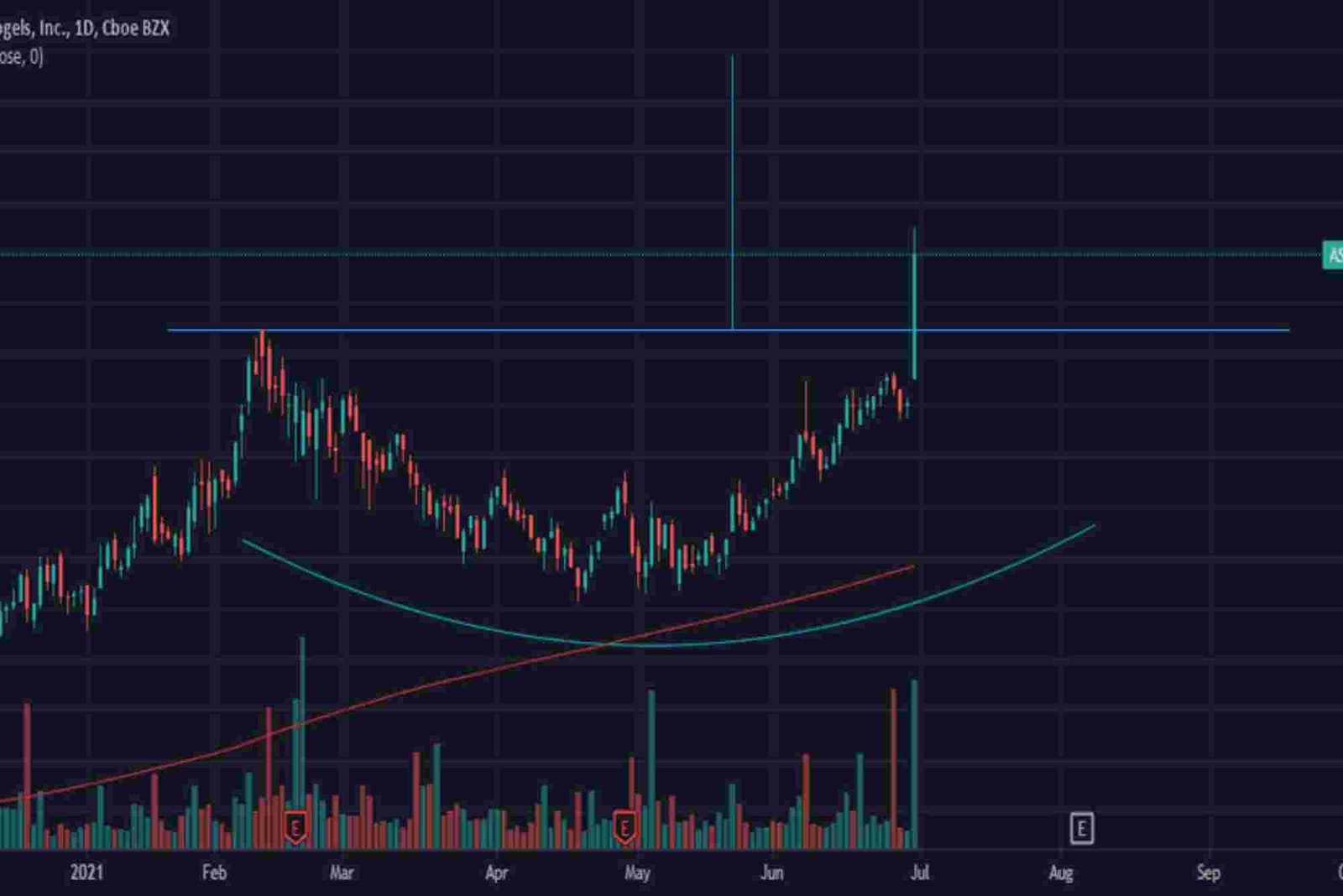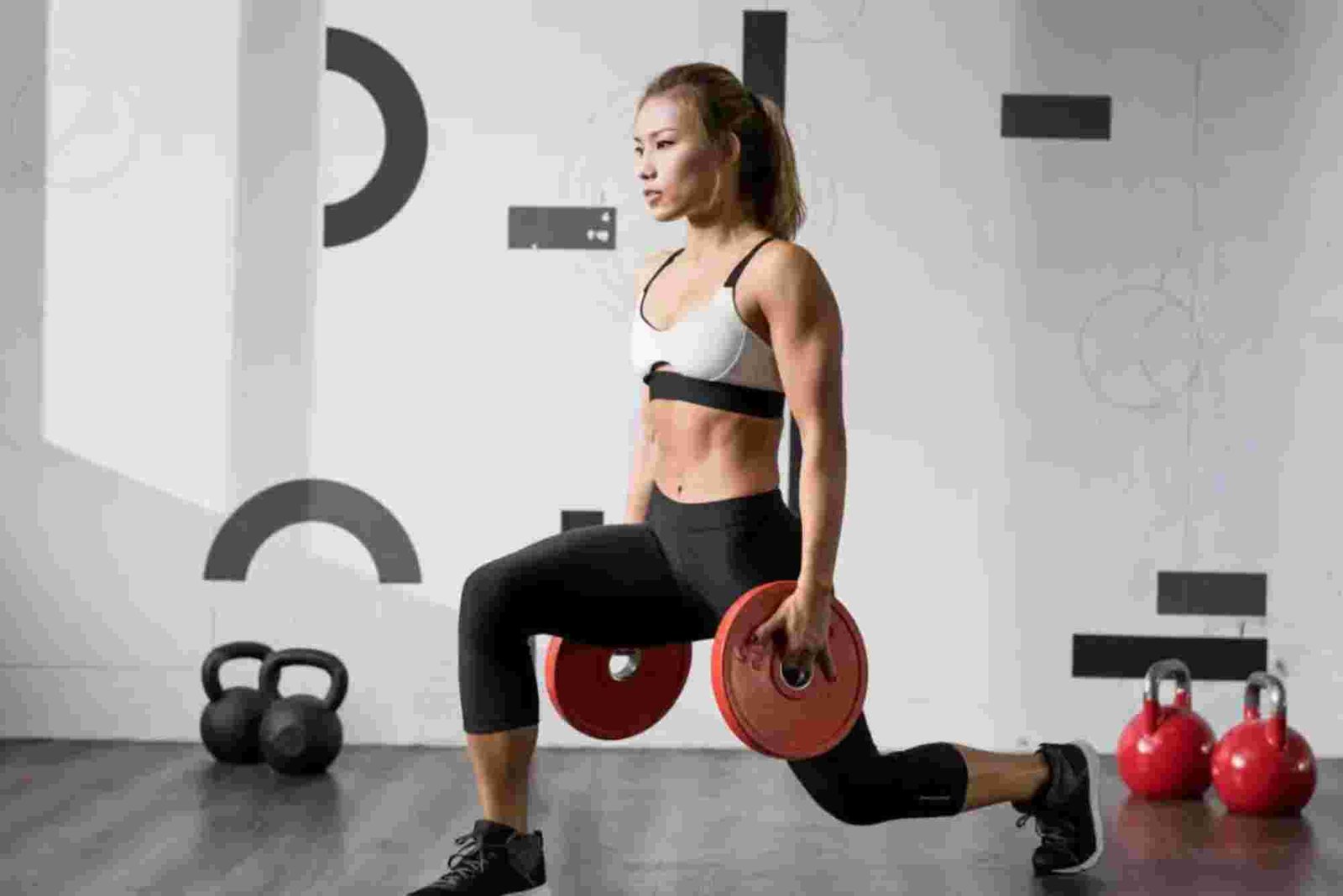How To Make A Rap Song — Practical Tips and Expert Advice
Rap music has become one of the most influential genres in modern music. Whether you’re a beginner or an aspiring artist, knowing how to craft a rap song effectively can set you apart. In this guide, we’ll explore how to make a rap song — practical tips and expert advice, covering everything from lyrics to production and performance.
Understanding the Basics of a Rap Song
Before diving into writing, you need to understand the structure of a rap song. Most rap songs follow a similar pattern, which helps you stay organized while expressing your ideas.
Components of a Rap Song
-
Intro: Captures attention and sets the tone.
-
Verse: The storytelling portion where you share your message.
-
Chorus/Hook: A catchy, repeated segment that sticks in listeners’ minds.
-
Bridge/Break: Adds variety and builds tension before the next verse.
-
Outro: Concludes the song smoothly, often with a reflection or final punchline.
Choosing a Beat
The beat determines the rhythm, energy, and vibe of your rap. Start by listening to different beats to find one that matches your style. Platforms like BeatStars and SoundCloud offer a variety of instrumental tracks for experimentation.
Writing Lyrics That Resonate
Lyrics are the heart of a rap song. Your words should convey emotion, tell a story, or showcase your personality.
Finding Your Theme
Decide what your song is about. Popular themes include:
-
Personal struggles and triumphs
-
Social issues and activism
-
Celebration and lifestyle
-
Love and relationships
Crafting Verses
-
Start Strong: Your first lines should hook the listener immediately.
-
Use Imagery: Paint pictures with words instead of simply stating facts.
-
Rhyme Patterns: Experiment with internal, multisyllabic, and end rhymes.
-
Keep It Real: Authenticity resonates more than forced cleverness.
Writing a Memorable Hook
Your hook is your song’s centerpiece. Make it catchy, concise, and emotionally impactful. Repetition helps listeners remember your song easily.
Flow and Delivery
Flow refers to how your words rhythmically align with the beat. Related article on standtube.com It’s crucial for keeping the audience engaged.
Understanding Flow
-
Cadence: Vary your speed and emphasis to create dynamics.
-
Pause for Effect: Silence can be as powerful as words.
-
Experiment: Try rapping over different beats to discover your natural rhythm.
Vocal Techniques
-
Breath Control: Practice breathing techniques to maintain stamina.
-
Pronunciation: Clear enunciation ensures listeners understand your message.
-
Emotion: Convey feelings through tone, pitch, and intensity.
Song Structure and Arrangement
Arranging your song properly helps it flow and feel professional.
Structuring Verses and Hooks
Alternate between verses and hooks to keep the listener interested. A typical structure is: Intro → Verse 1 → Hook → Verse 2 → Hook → Bridge → Hook → Outro.
Layering and Dynamics
-
Background Vocals: Add depth and texture.
-
Ad-libs: Small vocal embellishments enhance personality.
-
Volume Changes: Build intensity with quieter verses and louder hooks.
Recording and Production Tips
Once your lyrics and flow are ready, The Versatility Of it’s time to bring your song to life.
Setting Up Your Home Studio
You don’t need expensive equipment to start. Essentials include:
-
A good microphone
-
Audio interface
-
Digital Audio Workstation (DAW) like Ableton, FL Studio, or Logic Pro
-
Quality headphones or monitors
Recording Techniques
-
Record multiple takes to capture the best performance.
-
Experiment with mic placement for clarity and warmth.
-
Use vocal tuning sparingly to maintain authenticity.
Mixing and Mastering
Mixing balances volume levels, adds effects, and ensures clarity. Mastering finalizes the track, making it sound polished on all devices. Tutorials on platforms like YouTube can help you learn DIY techniques.
Collaboration and Feedback
Working with others can elevate your song.
Collaborating With Producers and Artists
-
Producers provide beats and technical expertise.
-
Guest rappers can bring a new dimension to your song.
-
Collaborations expand your network and audience.
Getting Constructive Feedback
Share demos with trusted friends or mentors. Listen to critiques and refine your lyrics, delivery, or beat choices accordingly.
Performing Your Rap Song
Recording is just one part of making a rap song; live performance matters too.
Preparing for Live Shows
-
Practice consistently to build confidence.
-
Memorize lyrics and flow naturally.
-
Work on stage presence and audience engagement.
Recording a Music Video
A visually appealing video can boost your song’s reach. The Versatility Of Wayfair Even simple phone recordings can be effective if creatively shot.
Leveraging Online Platforms
Promote your rap song on streaming services and social media. Platforms like Spotify, YouTube, and TikTok are essential for exposure. Engage your audience with behind-the-scenes content, challenges, and interactive posts.
Common Mistakes to Avoid
-
Overcomplicating lyrics instead of keeping them clear and relatable
-
Ignoring rhythm and flow
-
Skipping the revision process
-
Relying too heavily on autotune
Making a rap song requires creativity, practice, and attention to detail. By understanding song structure, writing compelling lyrics, mastering flow, and recording effectively, you can craft a track that resonates with listeners. Remember, persistence and continuous learning are key. Start experimenting with your own beats and lyrics today and bring your unique voice to the world.
Start writing your first rap song now, experiment with beats, and share your creation online. Your journey as a rap artist begins today!
FAQ
How long should a rap song be?
A typical rap song ranges from 3 to 5 minutes. However, focus on content quality rather than length.
What software is best for making rap beats?
Popular options include FL Studio, Ableton Live, and Logic Pro. Beginners can start with free or trial versions.
Can I rap over someone else’s beat?
Yes, but always check licensing and royalty requirements. Using royalty-free beats avoids legal issues.
How do I improve my rap flow?
Practice regularly, study professional rappers, and record yourself. Experiment with rhythms and syllable patterns.
Do I need professional equipment to start rapping?
No, a basic microphone and quiet space can work. Over time, upgrading equipment improves recording quality.




